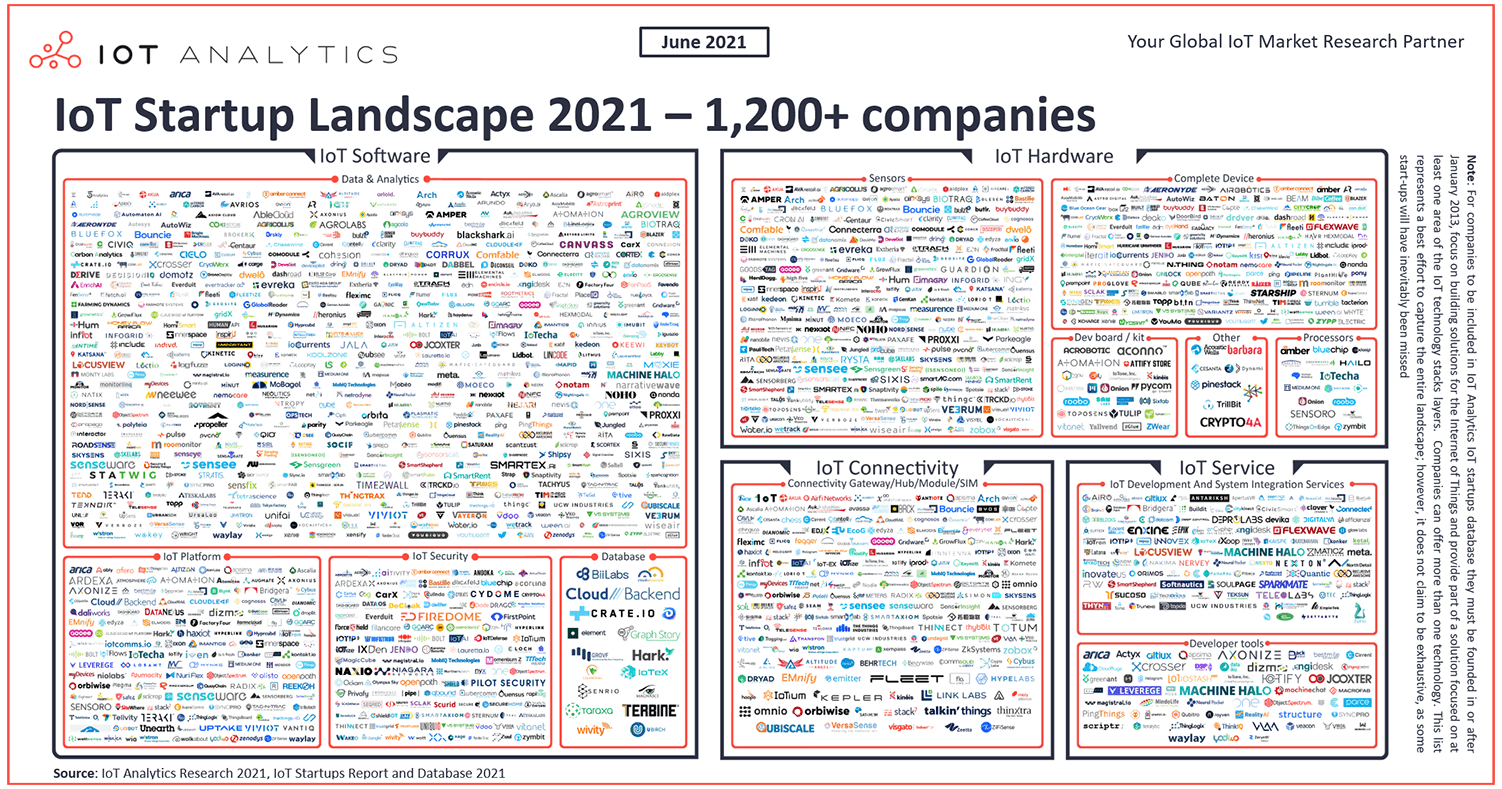IoT and smart interconnected systems have already created an invisible aura of convenience, usability, and a rich user experience around us. However, when we see things through the lens of IoT developers and vendors, the only key to success is to build a great user experience for their IoT products. This post offers valuable insights into designing a great user experience for IoT devices and what developers and vendors need to focus on.
In this modern digital world, we’re constantly surrounded by smart interconnected devices that are helping us achieve our daily goals smartly.
Whether we talk about a voice assistant reminding us about our meeting or an intelligent HVAC automatically adjusting room temperature before we reach home, we cannot deny that we’re already dependent on technology to aid our daily lives.
Statistics about the IoT landscape reveal that the total installed base of IoT-connected devices globally is projected to surge to 30.9 billion units by 2025, which was approximately 13.8 billion back in 2021.

Undoubtedly, IoT and smart interconnected systems have already created an invisible aura of convenience, usability, and a rich user experience around us.
However, when we see things through the lens of IoT developers and vendors, the only key to success is to build a great user experience for their IoT products.
Designing a great user experience for IoT products isn’t a piece of cake since IoT systems consist of numerous devices, applications, and interfaces working harmoniously to deliver a great user experience.
Let’s understand the aspect of designing a great user experience for IoT devices and what developers and vendors need to focus on.
We all deal with multiple interactions between numerous applications and devices, each having its unique functionality with defined user flows. Hence, we must focus on building the experience that enables a frictionless, consistent feel for every user that jumps from one part of the system to another.
Moreover, most IoT systems are based on connected experiences within smart home appliances, machinery, vehicles, HVAC, and buildings. Thus, the user experience for every such product should be up to the mark.
Furthermore, IoT products are quite complex compared to a single device or an application. Hence, developers can’t stay assured by building a limited set of intuitive cross-device user flows.
It’s crucial to build an experience that seamlessly guides users on how to use and flawlessly integrates IoT products into their everyday lives and operations.
Apart from this, we know that every user demands a great user experience at every touchpoint since they’re already enjoying a unified experience across their devices, including smartphones, tablets, and laptops; they expect the same level of usability in IoT.
We’ve understood that building a rich experience in IoT is paramount; let’s discuss how developers and vendors can achieve the same.
The initial step of introducing a new system to users can be the most challenging thing. And in case of an interaction between multiple devices and applications, which requires repeated authentications, things become quite complicated.
Users today keep on switching devices. For a moment, they’re accessing their smart devices through their smartphones, and in a couple of minutes, they start using their smartwatches. Moreover, some people access their smart devices remotely through applications.
To ensure a seamless onboarding for users and devices within a network, developers must leverage cutting-edge technologies like identity management and machine-to-machine authentication mechanism that offers frictionless authentication no matter the number of users, devices, and authentication attempts.
One of the best ways to engage your customers in the IoT landscape is to leverage the true potential of personalization.
Personalization isn’t a new trend; it’s an absolute necessity for every business seeking user engagement and conversions.
Developers should emphasize creating systems capable of analyzing user patterns and behavior and providing a more refined user experience. This can be achieved by precisely analyzing user data and incorporating innovative authentication systems that collect, store, and analyze user data.
In a nutshell, the precise use of data collected through cross-device interaction can help businesses get more out of their applications and IoT devices, which further helps deliver a great user experience.
Since smart virtual assistants are already serving millions of users worldwide, a slight breakthrough in raising the bar from voice to video interfaces could do wonders for a brand.
Moving ahead of just audio and voice, businesses can unleash the true potential of an excellent user interface by bridging the gap between a user and a smart device.
Video interfaces can help users quickly get valuable insights into their daily schedules and can help them stay updated regarding their updates. Also, video interfaces in IoT devices can remove any friction between the user and an application/device since users can get visuals as per their demands.
Apart from this, specific biometrics interfaces could also help design secure, robust, and quick authentication mechanisms for IoT devices that further pave the path for a rich and secure user experience.
Whether we talk about smart devices or applications, delivering a rich user experience is the key to business success in the IoT landscape.
And to create rich experiences, developers and vendors should understand the importance of incorporating technology that can deliver seamless authentication to individuals, devices, applications, and machines.
Using cutting-edge technologies in the form of both hardware and software can substantially improve conversions and adoption rates.
The aspects mentioned above can help developers and IoT vendors stay ahead of the competition by delivering what their users are looking for.
By Rakesh Soni





